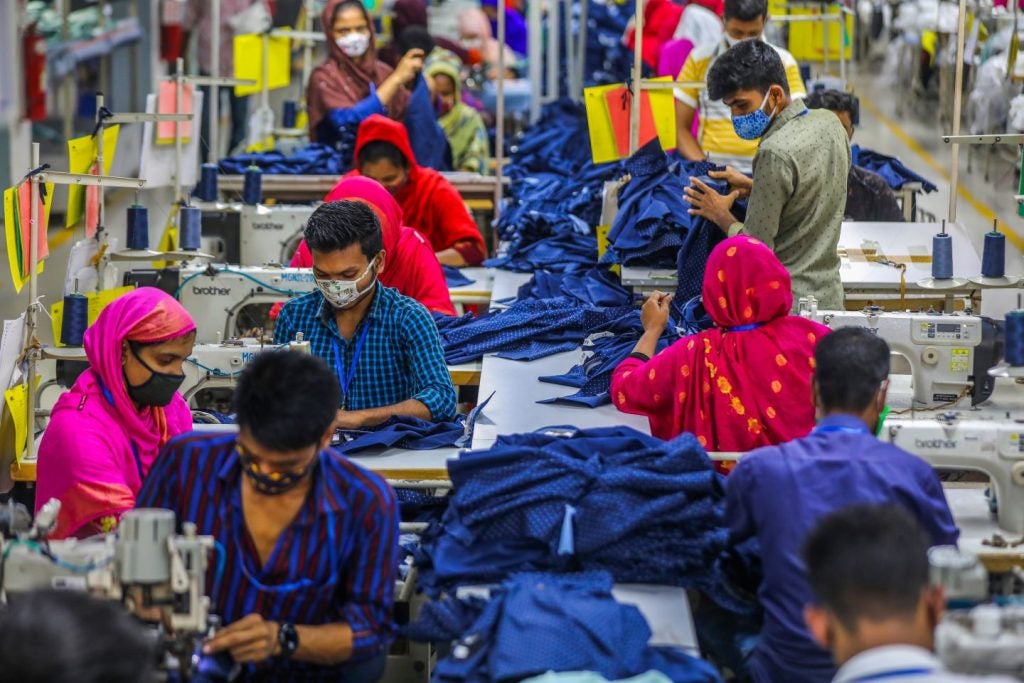According to a report in the Financial Times, Singapore headquartered Shein doubled its profits between 2022 and 2023 and enjoyed a record $2bn total profit last year and around $45bn in gross merchandise value.
GlobalData apparel analyst Louise Deglise-Favre told Just Style exclusively Shein’s success is thanks to its “extensive and affordable product offering”.
Deglise-Favre added: “Shein’s strength resides in its ability to release thousands of new items daily, delivering on the latest fashion trends in record time at very affordable pieces.
“The retailer has also managed to establish itself as a serious contender in most aspects of the clothing market, including in more niche product categories such as modest and size inclusive fashion.”
Shein is also reportedly considering a public listing, with a rumoured value of more than $60bn.
In 2023 Shein was said to be filing for an IPO in the US, but the plans were reportedly scuppered after the retailer’s operations in Xinjiang came under scrutiny.
Since then, it is thought Shein could be planning a public listing in the UK, with Sky News reporting the company’s executive chairman Donald Tang had met with representatives from the London Stock Exchange in late 2023.
Deglise-Favre added: “Regardless of its IPO destination, Shein’s listing is likely to be a major event given the strength of its growth in the past few years and its optimal position in many markets including the US. “
Shein had not responded to Just Style’s request for comment at the time of publication.
In March 2024, Shein was reportedly mulling plans to market its supply chain infrastructure to global brands. The rumoured move was said to mark a significant evolution in Shein’s business model and reinforce its position as a leader in the fast-fashion industry.
In the same month a new bill was proposed in France that could see a €5 ($5.42) fee added to each fast fashion item purchased in the country if approved.
A Shein spokesperson told Just Style at the time: "Shein and a spokesperson for the company refuted the claim that it was fuelling a “throwaway” fashion culture, arguing its “on-demand business model addresses the fundamental problem of the mismatch between supply and demand of the traditional fashion industry model” and enables it to reduce unnecessary waste as well as offering good value for money to customers who want affordable and accessible fashion.















